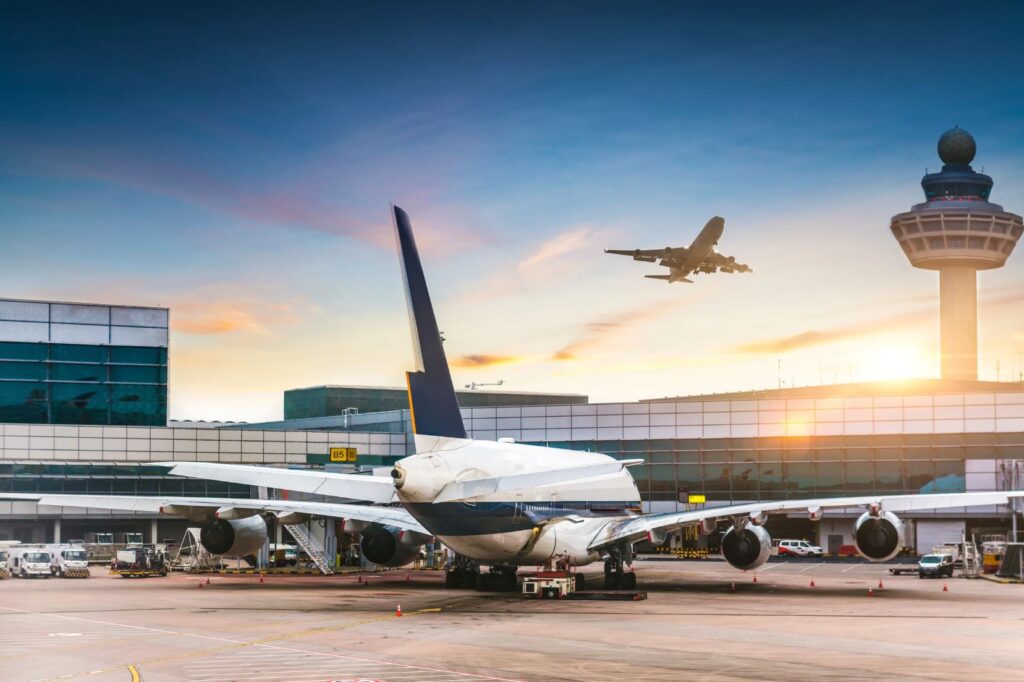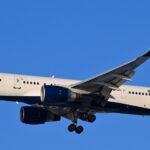If you’ve flown across the U.S. recently, chances are you’ve boarded one of the big names in American aviation. But which airlines are actually dominating the skies right now?
Currently, four major players (Delta, American, Southwest, and United) control nearly 70% of the U.S. airline market. These so-called “Big Four” aren’t just big on paper. The truth is that they’re also the airlines most of Americans end up flying. The average American chasing business deals across coasts or heading home for the holidays, tends to use any of these airlines more than the rest .
1. Delta Air Lines
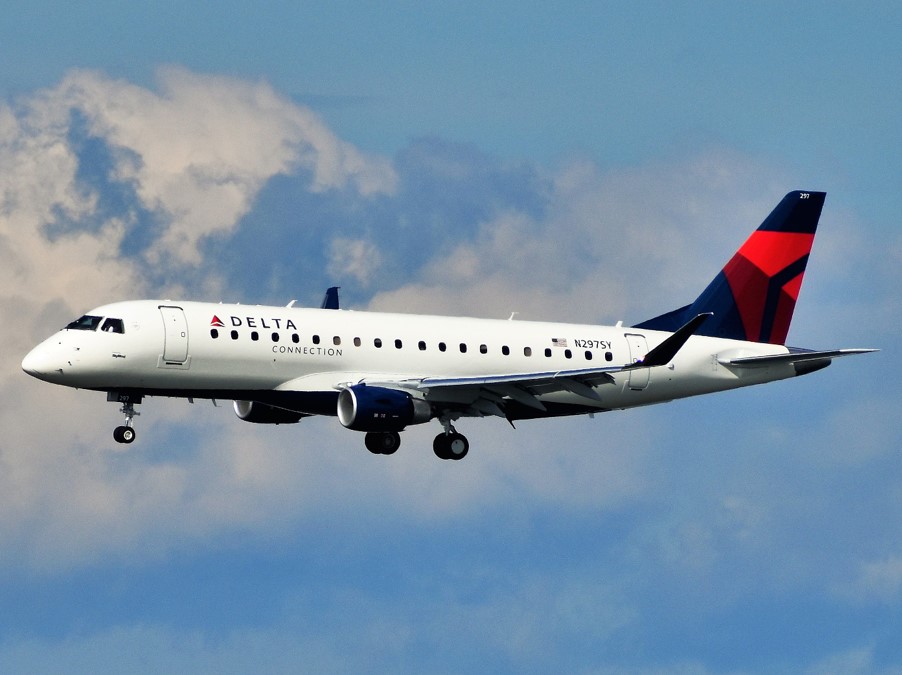
Delta is currently the biggest airline in America in terms of market share. In addition to this, they are also one of the most trusted. With almost 18% of the U.S. market and a whopping 142 billion revenue passenger miles (RPM), Delta continues to lead the pack.
What make Delta special for many travelers are two things – their size and their consistency. Whether you’re taking a short hop from Atlanta to Miami or flying long-haul to Europe, Delta’s service have been widely praised for being usually smooth. According to the average customer, they have cleaner cabins, better on-time performance, and more reliable customer service.
They’ve also invested a lot into technology and loyalty programs. Their SkyMiles program is popular, and their app is one of the best in the industry. If you’re a frequent flyer, Delta gives you that feeling that they’ve got it together. And for travelers who hate stress at airports, that peace of mind goes a long way.
2. American Airlines
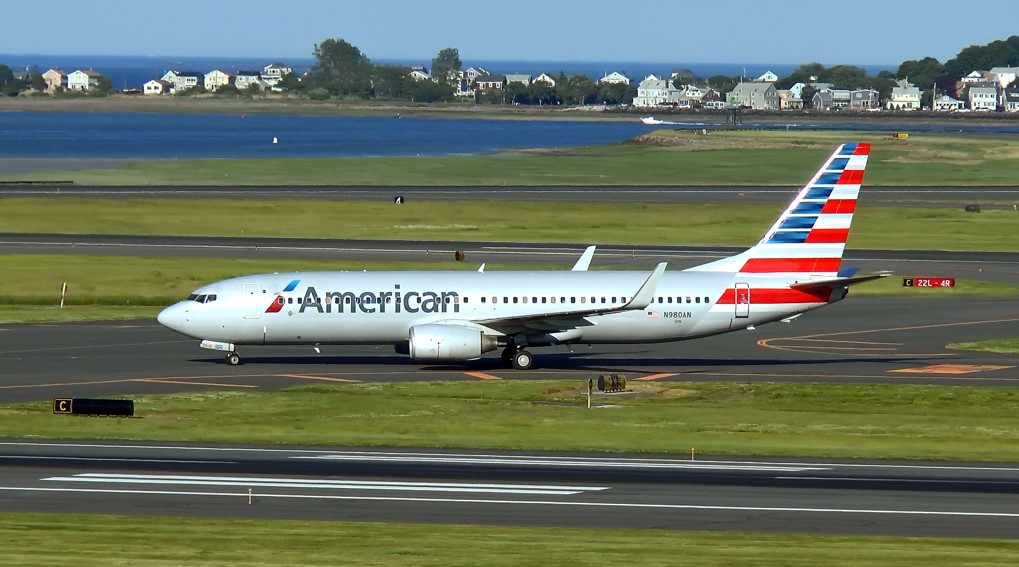
Right on Delta’s heels is American Airlines, holding 17.5% of the market and logging 139 billion RPM in 2024.
American is all about coverage and it is everywhere. With hubs in Dallas, Miami, Charlotte, and Chicago, you’re never far from an American flight. That’s one reason many business travelers and families alike choose them. The convenience is fantastic.
Now, are they perfect? No. They’ve had mixed reviews on customer service and delays. But when you need to get from point A to point B in the U.S., American’s reach makes it one of the most practical options. They’ve also improved their in-flight experience in recent years, and their new aircraft are helping shake off some of the past criticism.
3. Southwest Airlines
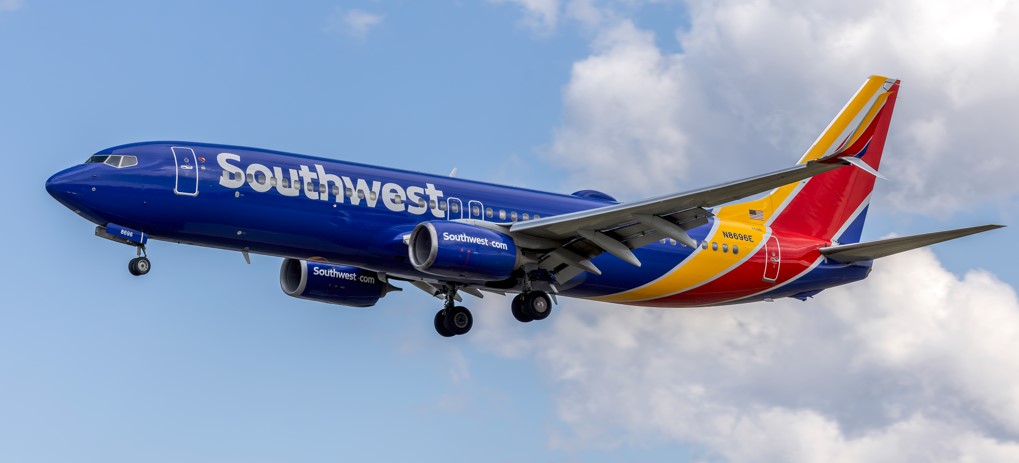
Southwest isn’t just a low-cost carrier. Many see it as a movement. Holding 17.3% market share and 138 billion RPM, Southwest keeps growing rapidly. They’ve made simplicity their brand, which is why passengers don’t have to deal with the following stresses
- Zero seat selection stress
- no fees for your first two checked bags
- no hidden tricks
Simply put, what you see is what you get. That’s rare in aviation.
And let’s not forget the personality. Their flight attendants often crack jokes over the intercom, and there’s a more relaxed vibe onboard. We’ve flown them multiple times, and even though it’s budget-friendly, the experience is often more pleasant than some “premium” airlines.
The only downside is that they don’t fly internationally beyond a few destinations in Latin America. But if you’re flying within the U.S., Southwest is easily one of the best-value picks.
4. United Airlines
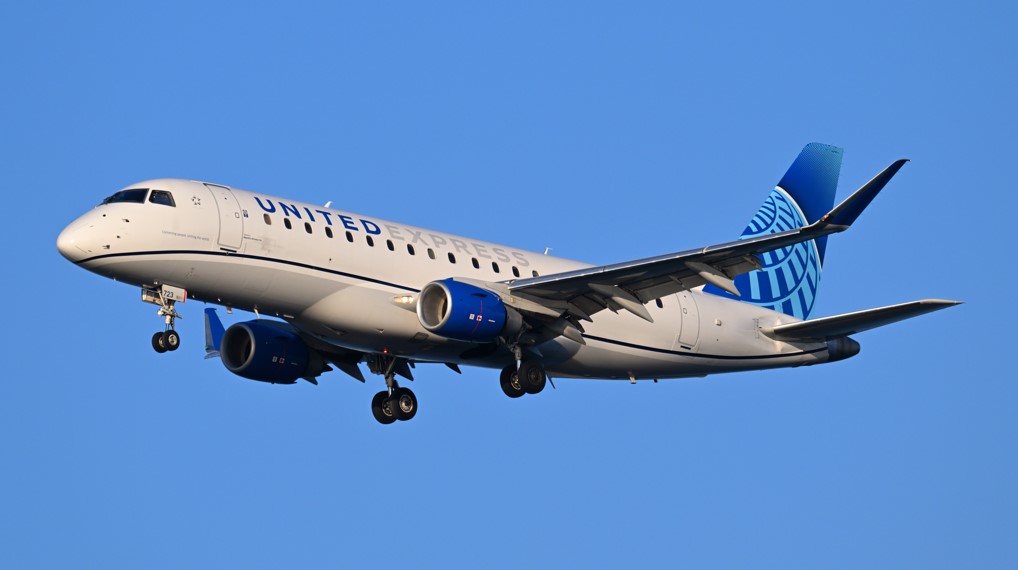
United Airlines comes in fourth, with 16.0% of the market and 127 billion RPM. It’s a serious player, especially for international travelers.
Based out of major hubs like Chicago O’Hare, Newark, and San Francisco, United is the go-to for many East Coast and West Coast flyers. Want to fly to Asia, Europe, or Africa? United’s got routes. And their partnership with the Star Alliance means even more reach.
Domestically, United has worked hard to improve its image. Years ago, the airline faced public backlash for customer service mishaps. But in 2024, many travelers report a much better experience thanks to the likes of newer planes, better Wi-Fi, and more transparency.
If you’re looking for an airline that bridges continents but still competes on the home front, United deserves a look.
5. Alaska Airlines
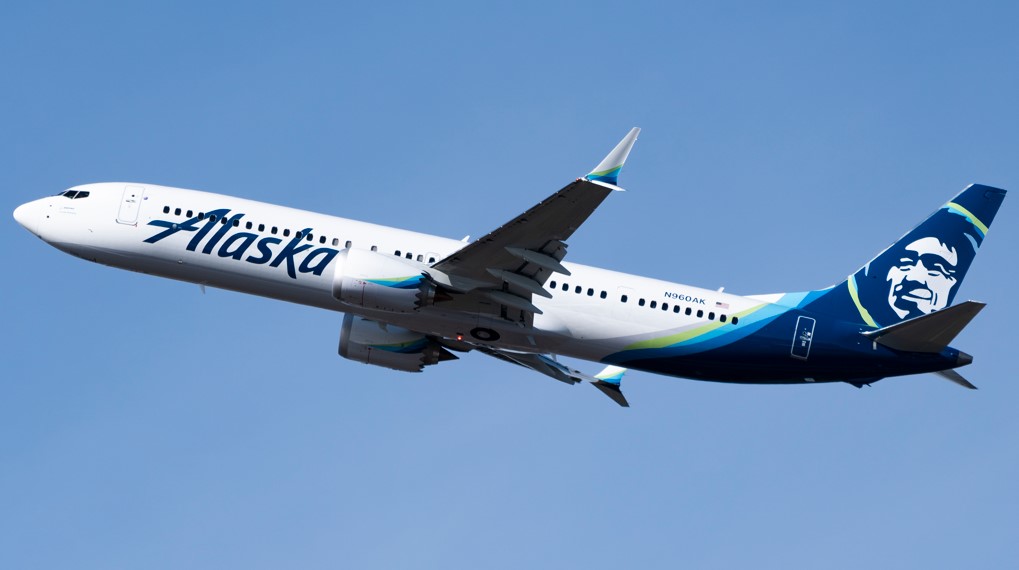
With 6.1% market share and 49 billion RPM, Alaska Airlines might not be a household name for everyone, but it’s one of those hidden gems of U.S. air travel.
Based in Seattle, Alaska dominates the Pacific Northwest and has a loyal following of travelers who swear by their service. If you’re flying to places like Portland, Anchorage, or Boise (or even up and down the West Coast), Alaska is often the smoothest ride.
What we love about Alaska is that it combines big airline efficiency with a small airline feel. You’re not treated like just another number. Plus, their Mileage Plan is one of the most rewarding loyalty programs out there, especially for frequent travelers.
They also prioritize sustainability more than most U.S. carriers. So if flying greener matters to you, Alaska is a brand worth supporting.
6. Spirit Airlines
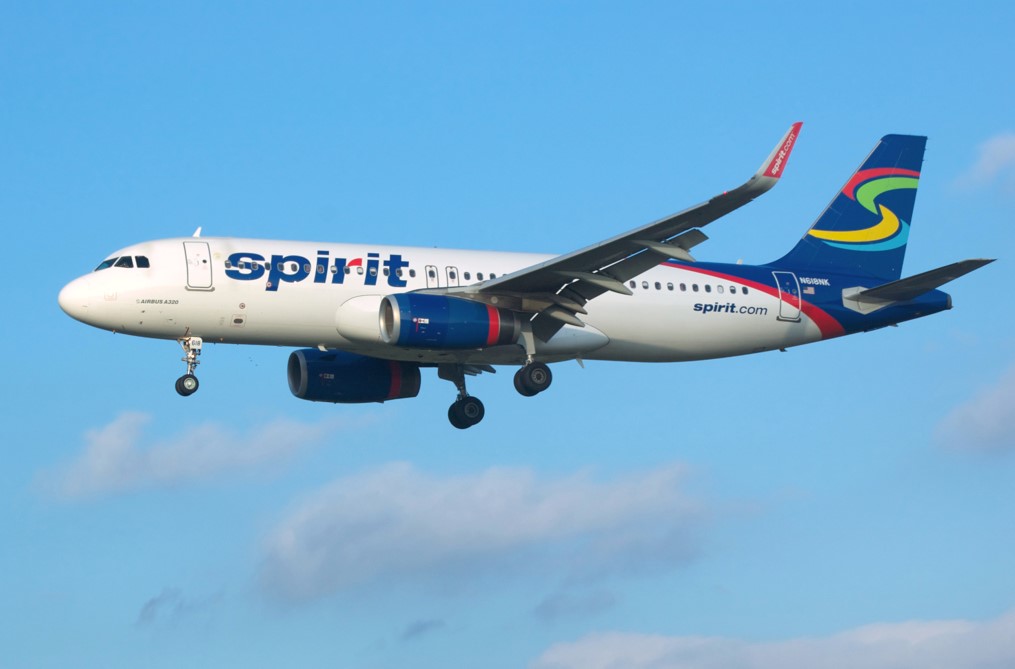
Spirit has a reputation (and it’s not always glowing) but here’s the truth: if you just want to get somewhere cheap, it delivers. With 4.9% of the market and 39 billion revenue passenger miles, Spirit is the leading ultra-low-cost carrier in the U.S.
They often don’t hide the fact that everything is extra: bags, snacks, even a printed boarding pass at the airport. But that’s their business model… and honestly it works if you know how to play the game. If you’re a light traveler and can skip the frills, Spirit often beats everyone on price.
The trick is not to expect luxury. Think of Spirit more like a bus in the sky. And for budget-conscious travelers or spontaneous getaways, Spirit gets the job done. Just don’t forget to read the fine print when booking.
7. JetBlue
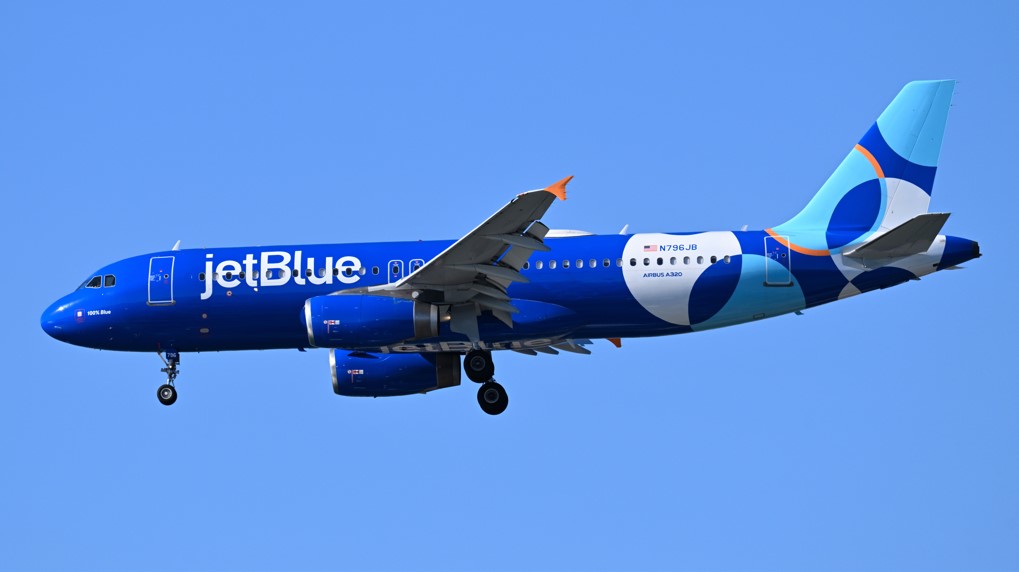
JetBlue has always felt like that cool middle child in the airline family. It is not the biggest nor the cheapest, but quietly excellent. With 4.7% market share and 37 billion RPM, JetBlue punches above its weight.
We honestly think that it’s one of the few airlines that still cares about legroom in economy. Furthermore, their in-flight snacks and entertainment options are actually good. On many routes, you even get free Wi-Fi. And we are talking about free Wi-Fi that actually works.
JetBlue is especially strong on the East Coast, with hubs in New York and Boston. They’ve also started expanding internationally to places like London and the Caribbean, which makes them more versatile than some realize. If you’re someone who appreciates comfort but isn’t flying business class, JetBlue might be your perfect match.
8. Frontier Airlines
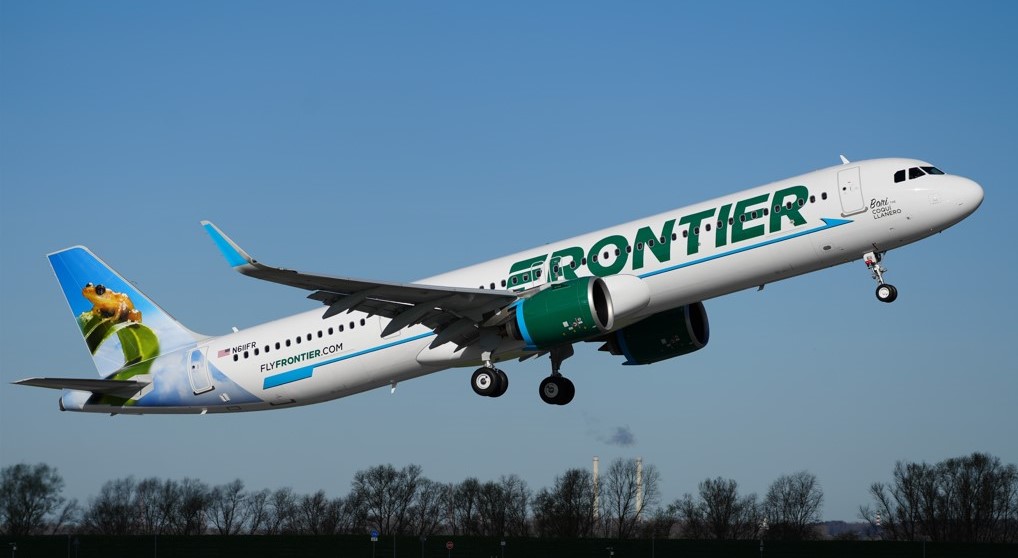
Frontier is another no-frills, low-cost airline that has carved out a niche in U.S. travel. With 3.5% of the market and 28 billion RPM, it’s become the go-to for travelers who just want the absolute lowest fare possible.
Like Spirit, Frontier is pay-as-you-go. Want to choose your seat? Pay. Do you have a carry-on bag? Pay. Do you want a sip of water? Probably pay.
But one thing Frontier has going for it is aggressive route expansion. They fly to a surprising number of destinations, including secondary airports that major airlines skip. If you live near one of their hubs (like Denver or Orlando), you’ve probably seen their bright green tails on the runway.
It’s not for everyone, but if your goal is to save cash and you’re not too picky, Frontier is worth considering. That being said, don’t expect a luxury experience.
9. SkyWest Airlines
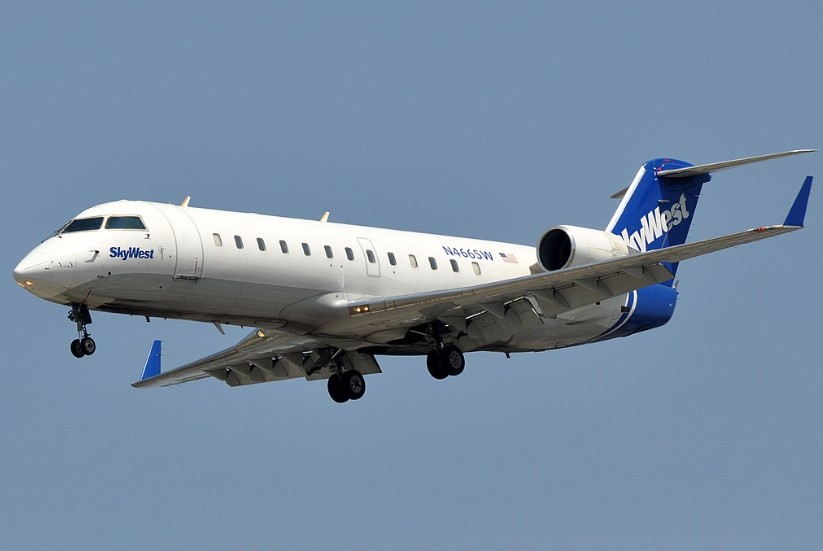
SkyWest might not be a name travelers recognize easily, but it plays a massive role in keeping U.S. domestic flights running. With 2.4% market share and 19 billion RPM, SkyWest flies a ton of regional routes. It normally does this under brand names like United Express, Delta Connection, or American Eagle.
In other words, when you book with a major airline and hop on a smaller plane, chances are SkyWest is operating it. So while you won’t be booking “SkyWest” flights directly, they’re crucial for connecting smaller cities to major hubs. Places like Fresno, Colorado Springs, and Billings rely on regional flights like these to stay connected to the world.
If you’ve flown a short-haul in the U.S., you’ve likely already flown SkyWest without even knowing you did.
10. Hawaiian Airlines
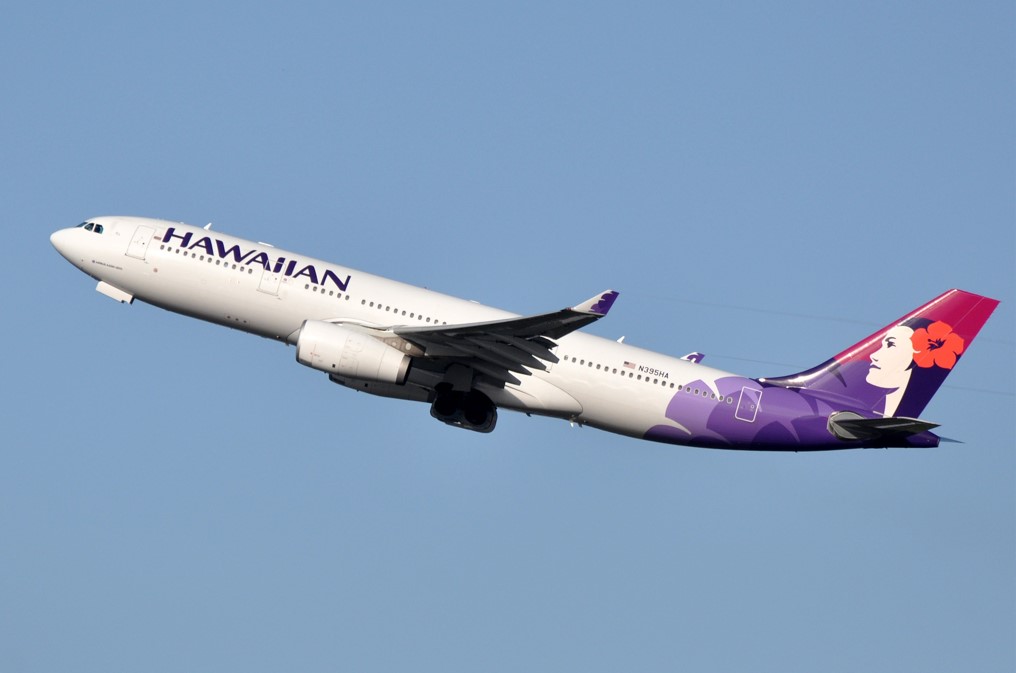
Rounding out the list is Hawaiian Airlines, with 1.7% market share and 14 billion RPM. But don’t let the lower numbers fool you at all because Hawaiian is beloved by those who’ve flown it.
As the name suggests, Hawaiian Airlines connects the Hawaiian Islands to the mainland U.S. (and some parts of Asia and the Pacific). What sets them apart is the island-style hospitality that starts the moment you board.
From the themed uniforms to the music and food, you feel the aloha spirit before even landing in Honolulu or Maui. They also get high marks for punctuality and safety, which is a major plus for long-haul flights over the Pacific.
If you’re headed to Hawaii, this is the airline you want. It turns a regular flight into part of the experience.
